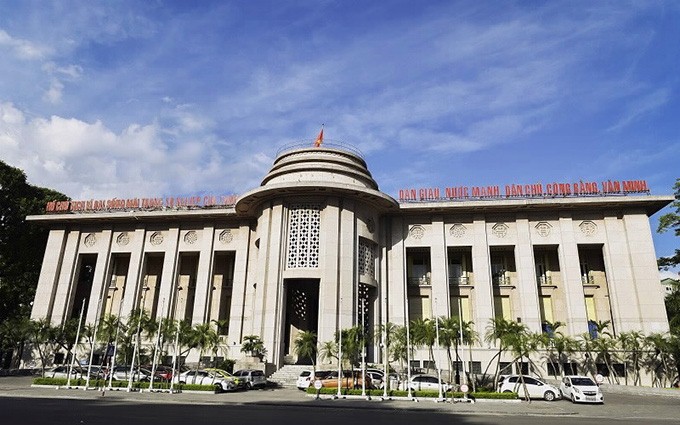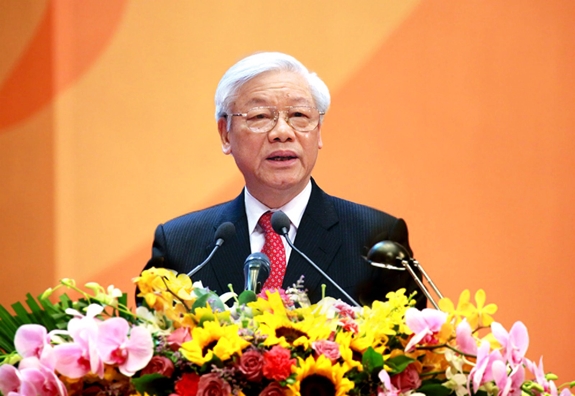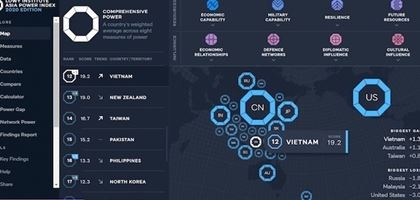Interest expense can be reduced by about VND 10,000 billion
The lowering of interest rates is consistent with the downward trend of both deposit / lending rates and interbank interest rates. If the ratio of short-term loans to the 5 priority sectors is currently 20-25% of the total system loan balance (ie about 1.7-2.1 million VND), assuming these debts are adjusted down 0.5% / year according to the new ceiling interest rate, from next year, borrowers can reduce from 8.5-10.7 trillion dong in interest expense.
This is an analysis of SSI Securities Joint Stock Company around the State Bank's (SBV) move to reduce interest rates for the third time this year, effective from October 1. According to SSI, VND deposit interest rates have fallen sharply since the beginning of May, totaling from 1.2% to 2.5% / year for all terms. Interest rates for 1 to less than 6 month term deposits are currently popular at 3.0-3.8% / year, especially some banks are only at 2.2-2.5% / year, ie was lower than the new ceiling. Therefore, the deposit interest rate will not change much after the decision of the State Bank. The main factor affecting deposit rates in the coming time is still credit output and SSI still holds its expectation that deposit interest rates will drop by 0.1 -0.3% / year in Q4 / 2020.
The most direct influence on the market in this group of executive interest rates is the short-term VND lending interest rate with 5 priority sectors (agriculture, export, small and medium enterprises, supporting industries, high technology).
In 2019, the proportion of loans in 5 priority sectors accounted for more than 42% of the total outstanding loans of the whole system. Based on the ratio of short-term loans / total average outstanding loans of commercial banks as of June 30, SSI estimates that the ratio of short-term loans with 5 priority sectors is currently 20-25% of total outstanding loans system (ie about 1.7-2.1 million VND). Assuming these debts are adjusted down by 0.5% / year according to the new ceiling interest rate, from next year, borrowers can reduce from 8.5-10.7 trillion VND of interest expense.
However, the new interest rate cap only applies to new disbursements or interest rate adjustment loans, so the balance of loans that are adjusted to reduce interest rates in the fourth quarter of 2020 will be quite small, affecting profits. Commercial banks in 2020 are negligible.
Previously, on the afternoon of September 30, the State Bank issued a notice to continue adjusting the interest rates to support the economy to cope with the COVID-19 epidemic.
Accordingly, the State Bank decided to reduce the refinancing rate from 4.5% / year to 4.0% / year; rediscount interest rate from 3.0% / year to 2.5% / year; Overnight lending interest rate in interbank electronic payment and loans to offset capital shortage in clearing payment of the State Bank for banks from 5.5% / year to 5.0% / year.
Regarding the maximum interest rate for deposits in VND (VND) of organizations and individuals at credit institutions, foreign bank branches (credit institutions), the State Bank stipulates, the maximum interest rate applies to for demand deposits and terms less than 1 month: 0.2% / year; The maximum interest rate applicable to term deposits from 1 month to less than 6 months decreased from 4.25% / year to 4.0% / year.
The maximum interest rate applicable to 1-month to less than 6-month term deposits at People's Credit Funds, Microfinance Institutions decreased from 4.75% / year to 4.5% / year; Interest rate on deposits with a term of 6 months or more is determined by credit institutions on the basis of market capital supply - demand.
In particular, regarding the maximum short-term lending interest rate in VND of credit institutions for borrowers to meet the capital needs to serve a number of sectors and economic sectors as regulated, the State Bank also adjusted downward from 5, 0% / year to 4.5% / year
The maximum short-term lending interest rate in VND of People's Credit Fund and Microfinance Organization for these capital needs has decreased from 6.0% / year to 5.5% / year.














